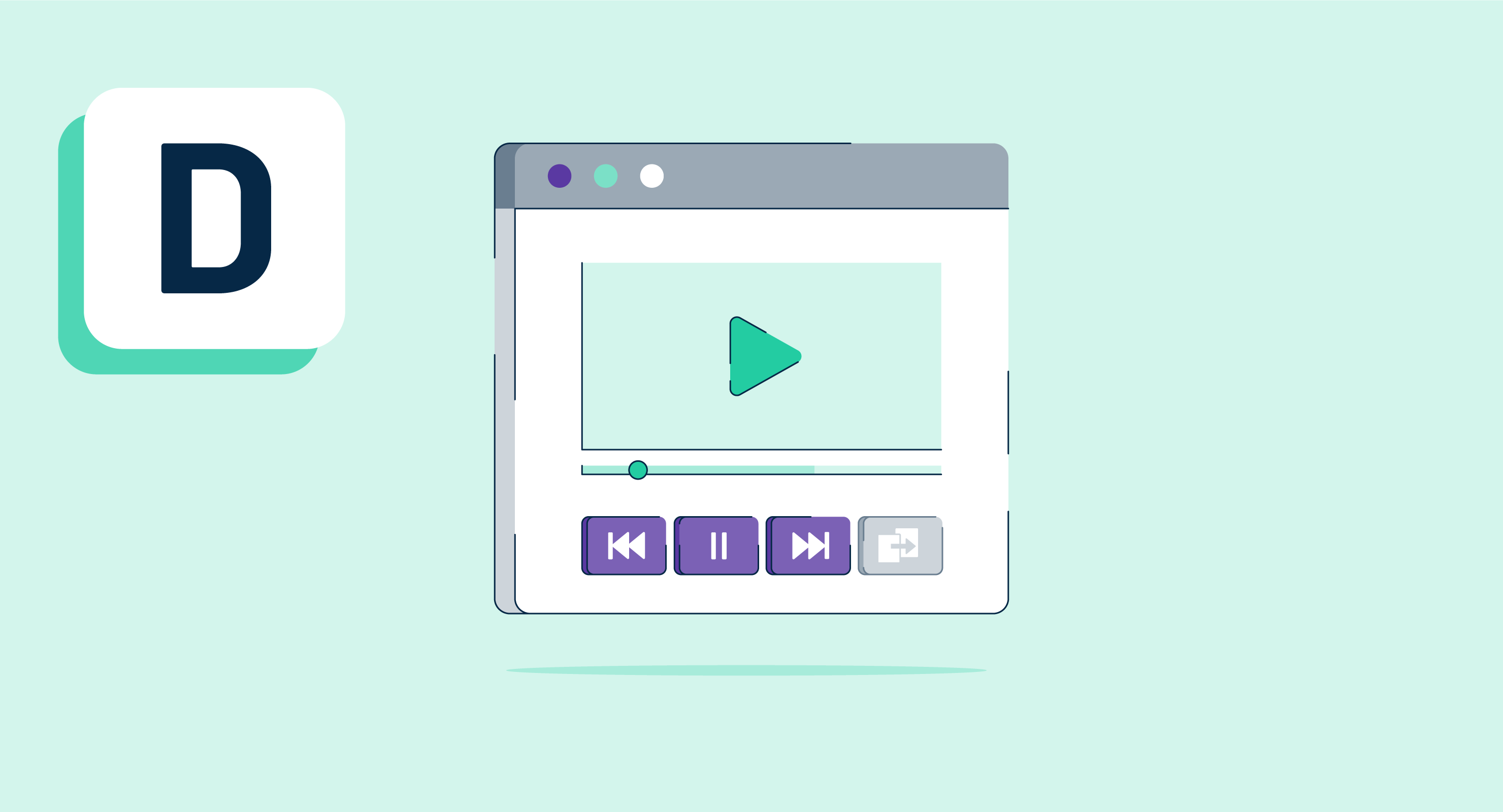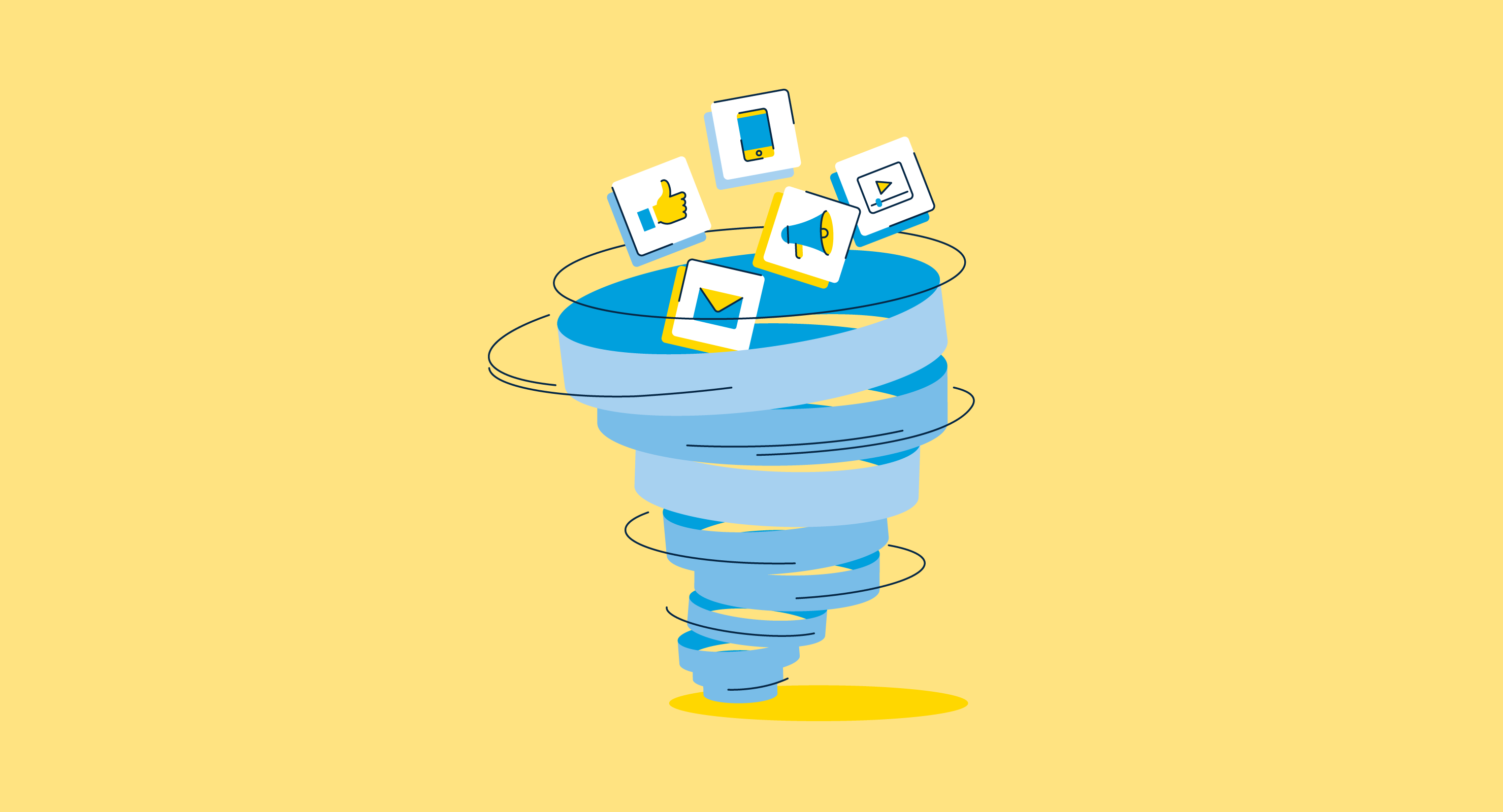What is digital rights management?
Digital rights management (DRM) is a systematic method of protecting copyrighted digital media. Digital rights management intends to prohibit unauthorized copying and redistribution of copyrighted content. For that, DRM uses certain technologies to restrict consumers from copying the digital content they’ve purchased.
Why is digital rights management important for businesses?
It’s challenging to apprehend a lawbreaker, even if the digital content is copyrighted. Due to that reason, DRM products place restrictions on digital content, generally using code, making it impossible for a consumer to copy or redistribute content.
In other words, digital rights management software acts as a barrier between the consumers and the digital content and restricts the former from misusing it. This eliminates the need to check whether someone has violated the terms of use as they can’t copy or redistribute content in the first place.
Increasing online piracy and the rising popularity of peer-to-peer file sharing have made digital rights management a focus for digital content creators.
DRM technology also grants companies the ability to control how their content is being used by paying consumers. For example, with the help of DRM software, you can limit the number of devices that content can be accessed from or installed on and even define the duration for which it can be accessed.
Types of digital rights management
Depending on the kind of digital content you’re planning to protect, here are some of the different types of digital rights management technologies you can choose from. Do note that you can use multiple DRM technologies at the same time to maximize protection.
- Always-on DRM: Also known as persistent online authentication, this type of DRM requires users to stay connected with the online server to use the product.
- Product keys: Product keys are one of the oldest and most commonly used DRM protection methods. When a user purchases a software product, they're provided with a product key that they need to input while installing the product. The server will check whether each product uses a different key; if a match is found, it won’t be activated.
- Limited install activation: This DRM technology limits the number of systems on which a software product can be installed. For example, if a software application is limited to four users only, it can be installed only on four computers at any given time.
- Regional lockout: This DRM class prevents the usage of a digital product or service outside a specific region or territory. This method is handy to avoid the release of certain products beyond particular areas so that the foreign publishers don’t lose any sales.
- Content Protection for Recordable Media (CPRM): It’s a DRM system used to restrict unauthorized copying and redistribution of commercially produced multimedia discs. It uses a 56-bit encryption standard to protect Blu-ray discs and HD-DVDs. There is another related mechanism called Content Protection for Pre-Recorded Media (CPPM) that uses a 128-bit encryption standard.
- Software tampering: In this DRM protection method, sellers deliberately include dormant bugs in their products which would activate whenever their pirated versions are created and used. For example, the pirated version of a software application will start crashing once the computer is connected to the internet and the server recognizes it.
- EDRM: Enterprise digital rights management (EDRM) is a combination of access and identity management and encryption. Digital content protected under EDRM is encrypted and coupled with a protection policy that defines the permissions for different users, such as view, edit, save, print, or forward.
Benefits of using digital rights management
Digital rights management emerged to combat online piracy of proprietary software and copyrighted works like songs, e-books, and movies. Here are some of the ways DRM will help you and your business.
- It can help maintain your right to ownership.
- It can prevent users from saving, editing, or sharing your content.
- It can block users from printing or taking screenshots of your content.
- It can help companies control access to their confidential information.
- It can enable publishers to view when and who viewed or downloaded their content.
- You can activate or revoke user access at any time.
- You can set an expiry date for your content, after which a user can’t access it.
- In the case of a document, a PDF file, for example, you can limit the number of times a user can open it.
- You can deny access from specific IP addresses, devices, or locations.
Digital rights management best practices
The primary goal of DRM software is to protect intellectual property. At the same time, you must ensure that it doesn’t become a hindrance for your paying customer to access the content you’re protecting. With more operating systems, file management systems, and devices being added to the ecosystem, ensuring your content is legally accessible is a top priority. Here are some best practices to execute digital rights management in the right way.
- Research your target audience to see which DRM method works the best.
- Ensure the DRM solution is secure but flexible enough so that it doesn’t affect the usability of the content.
- Look out for strategies to scale the protection of your content.
- Make use of free digital rights management tools.
- Combine DRM with other data management infrastructure like digital asset management (DAM), data loss prevention (DLP), and content management system (CMS).
Digital rights management vs. digital asset management
DRM solutions protect digital content from piracy. On top of this, digital asset management (DAM) is a process for storing, organizing, and retrieving rich media assets. Rich media assets can include photos, videos, music, podcasts, and any other multimedia content.
Simply put, a DAM is a set of database records that contain metadata. This metadata would include file information such as name, format, content type, and usage. A digital asset management software solution can be used to create and manage such databases.

Amal Joby
Amal is a Research Analyst at G2 researching the cybersecurity, blockchain, and machine learning space. He's fascinated by the human mind and hopes to decipher it in its entirety one day. In his free time, you can find him reading books, obsessing over sci-fi movies, or fighting the urge to have a slice of pizza.












